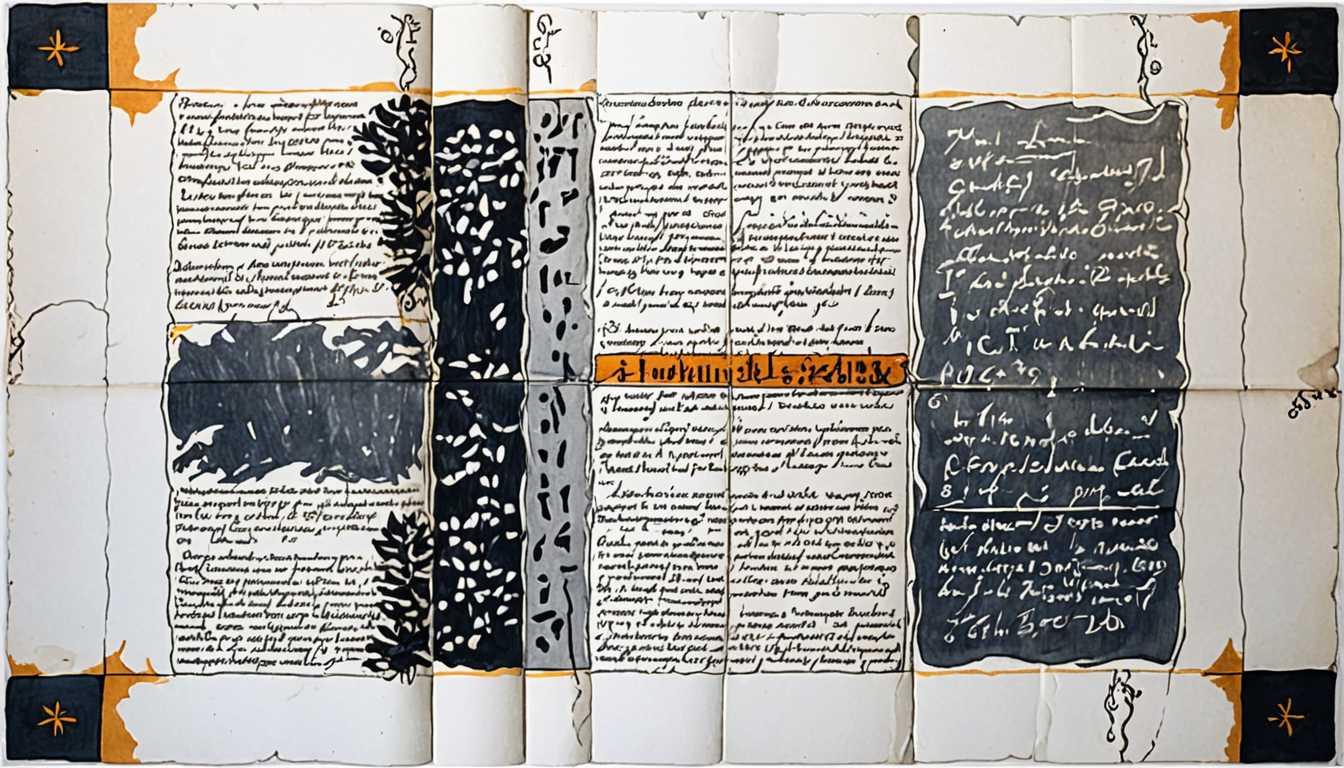Decimals: A 15th Century Surprise
February 2024
Smithsonian Magazine
Introduction
Dive into the Smithsonian Magazine's latest revelation: The Decimal Point Is 150 Years Older Than Previously Thought, Medieval Manuscript Reveals. This article uncovers how a 15th-century Venetian merchant, Giovanni Bianchini, used decimal points way before they became mainstream. It’s a thrilling peek into how an ancient document flips our understanding of math history on its head. Get ready to be amazed by the mathematical adventures from the 1440s!
READ FULL ARTICLEWhy It Matters
Discover how this topic shapes your world and future
Diving into Digits - The Decimal Point's Deeper History
Why does the discovery of the decimal point's earlier use matter to you? Imagine trying to solve math problems or even split a bill without using decimal points—it would be much trickier! The recent finding that the decimal point was used by Giovanni Bianchini in the 1440s, 150 years earlier than previously thought, isn't just a cool historical fact. It highlights how innovations in mathematics can significantly impact everyday life and various fields such as astronomy, economics, and beyond. This discovery challenges the view of the medieval period as a time of intellectual stagnation and showcases the era's rich scientific endeavors. Understanding this can inspire you to appreciate the evolution of mathematical concepts and their practical applications in the world around you, making your studies more relatable and exciting.
Speak like a Scholar
Decimal Point
A symbol used in decimal notation to separate whole numbers from fractional parts, enhancing clarity in numerical calculations.
Trigonometry
A branch of mathematics that deals with the relationships between the angles and sides of triangles, often used in astronomy to calculate distances and angles.
Manuscript
An author's written or typewritten text used for printing a book or document, often historical and original.
Astronomy
The scientific study of celestial bodies like stars, planets, comets, and galaxies, and phenomena that originate outside the Earth's atmosphere.
Intellectual Stagnation
A period or condition where there is little to no growth or advancement in the ideas, knowledge, and thinking within a culture or society.
Fractions
Mathematical expressions representing a part of a whole, typically written with two numbers separated by a line, used before decimals for dividing whole numbers.
Independent Research Ideas
The Evolution of Mathematical Symbols
Investigate how various mathematical symbols were developed and adopted over centuries, and their impact on both academic mathematics and practical applications.
Cross-Cultural Contributions to Mathematics
Explore how different cultures contributed to the development of modern mathematical concepts, including the decimal system.
Mathematics in Medieval Commerce
Study how mathematical advancements influenced trade and economy in medieval times, focusing on the role of merchants like Giovanni Bianchini.
The Role of Astronomy in Ancient Navigation
Examine how ancient and medieval astronomers used their knowledge to navigate the seas and what mathematical tools they relied on.
Scientific Discoveries and Their Societal Impact
Investigate how significant scientific discoveries, like the early use of the decimal point, have shaped societal development and global interactions throughout history.
Related Articles

Rainbows and Rogue Waves: A Science Journey
November 2022
University of Cambridge's Pluz Magazine

AI: Rewriting History's Mysteries
April 2023
MIT Technology Review

Archimedes: Lost Texts and Modern Tech
October 2024
JSTOR Daily

Beyond IQ: Unraveling Genius
November 2022
BBC

Eclipses Decoding History
March 2024
JSTOR Daily